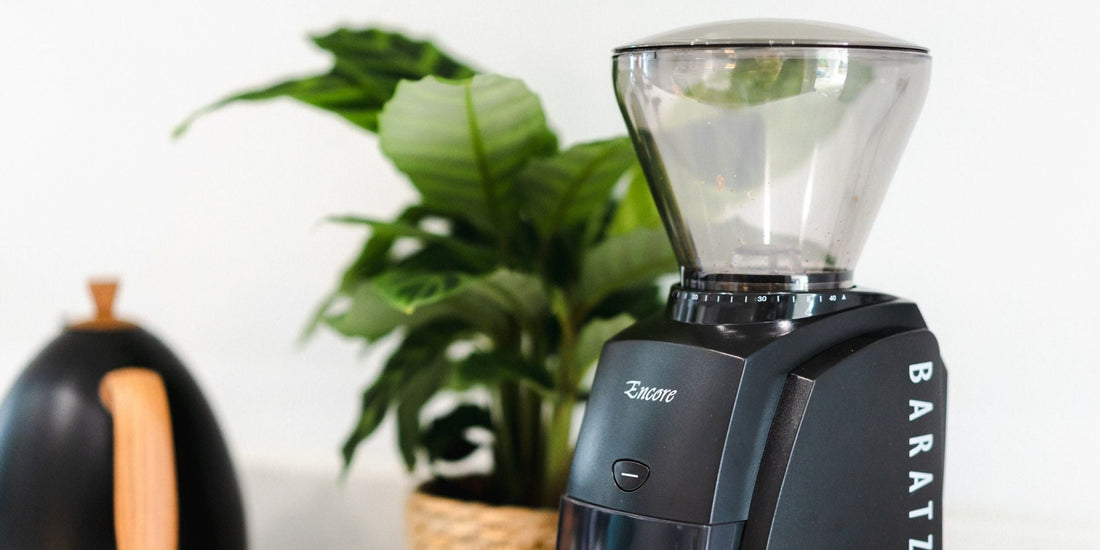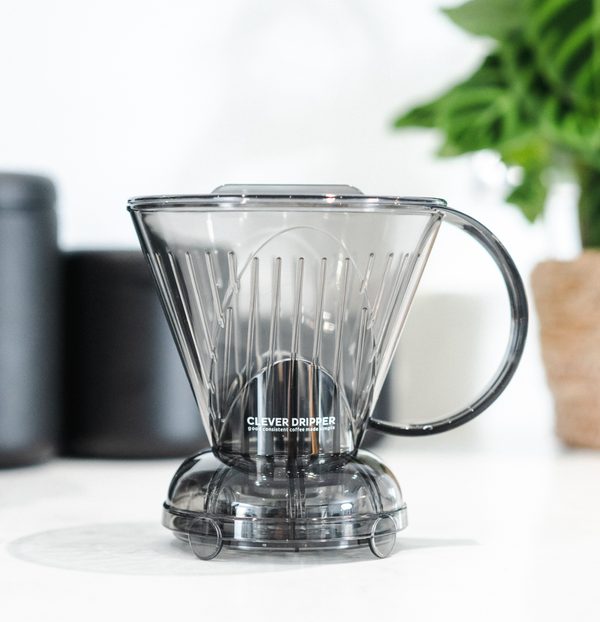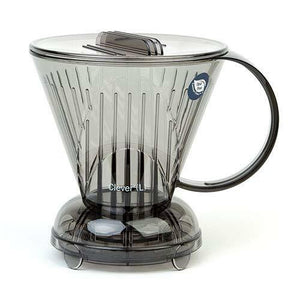
You might have noticed that we never sell blade grinders but that our grinder selection is smartly split between flat and conical burr grinders. While most coffee afficionados know why you shouldn’t use a blade grinder in your coffee routine (really, don’t they’ll give you a horrible brew), the differences between flat and conical burr grinders are far more subtle.
The best way to think of flat and conical burr coffee grinders is to compare them to different types of trainers. While they may look very similar and do the same thing, they are also different. And each type of grinder, just like each type of trainer, has its own benefits. The key is to find the one that works right for you.
What’s the difference between flat and conical burr grinders?
It’s easier to look at the similarity first. So, burr grinders are designed to force your coffee beans through a gap between two burrs. The gap is your grind setting; the larger the gap, the coarser the grind. The burrs crush and cut the beans until the particles that remain escape through the gap. And, hey presto, you have consistent, fresh grounds to put into your coffee brewer.
The differences between flat and conical burr coffee grinders relate to how the burrs are placed.
Flat burr grinders
A flat burr grinder like the Fellow ODE or the Baratza Forte will have two burrs that lay parallel (usually on top) of each other and rotate. This motion grinds the beans and pushes the grind to the outer edges, where it then passes through the gap.
Conical burr grinders
Conical burr grinders such as the Baratza Sette 270 and most hand coffee grinders have burrs shaped like rings and cones that fit inside each other and rely on gravity to pull the grounds through the gap at the bottom.
So, flat vs conical grinders: which is best?
This is going to come down to your personal grinding needs. Flat burr grinders are considered to create a more consistent grind and they are generally faster. As an example, the Baratza Vario W grinds at an average of 2g/sec. However, because they don’t rely on gravity to help with the grinding process, flat burr grinders usually have to use more powerful motors to get the job done. This can mean that your coffee beans may experience heat that could affect the taste of your final brew.
Conical grinders’ reliance on gravity to pull through the grounds mean that they are generally quieter and need smaller motors, creating less heat. However, this can impact on the speed of the grind and can make them slightly slower than their flat burr cousins.
So, just like choosing the perfect pair of trainers, choosing between flat and conical burr grinders is going to come down to your personal preferences and needs. Read more about the coffee grinders that we think are going to be a hit in 2022 here
Looking for Coffee Hit Trade? Click here.











